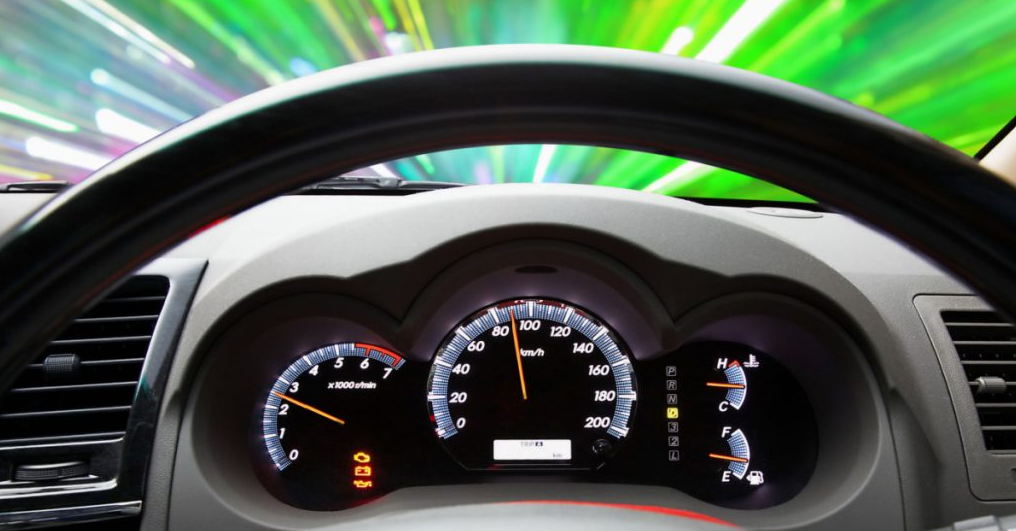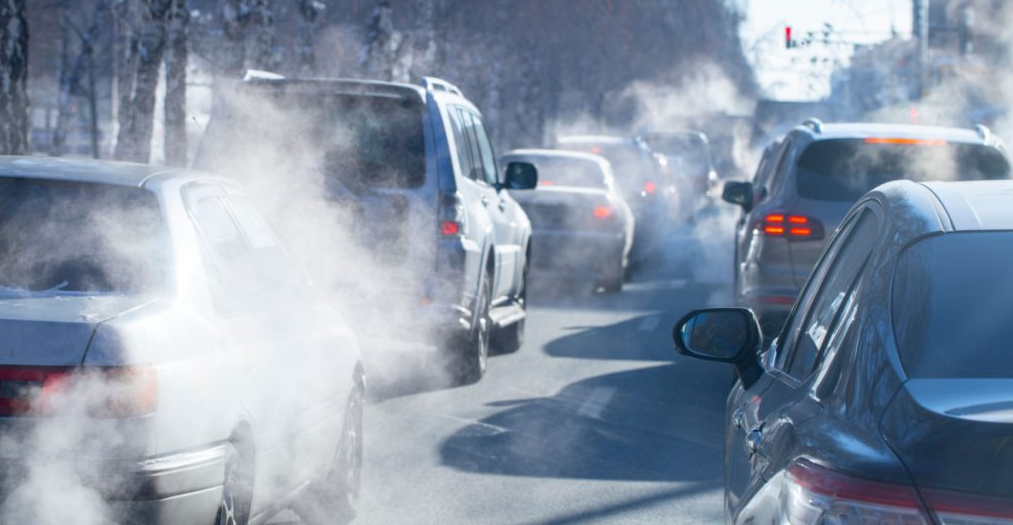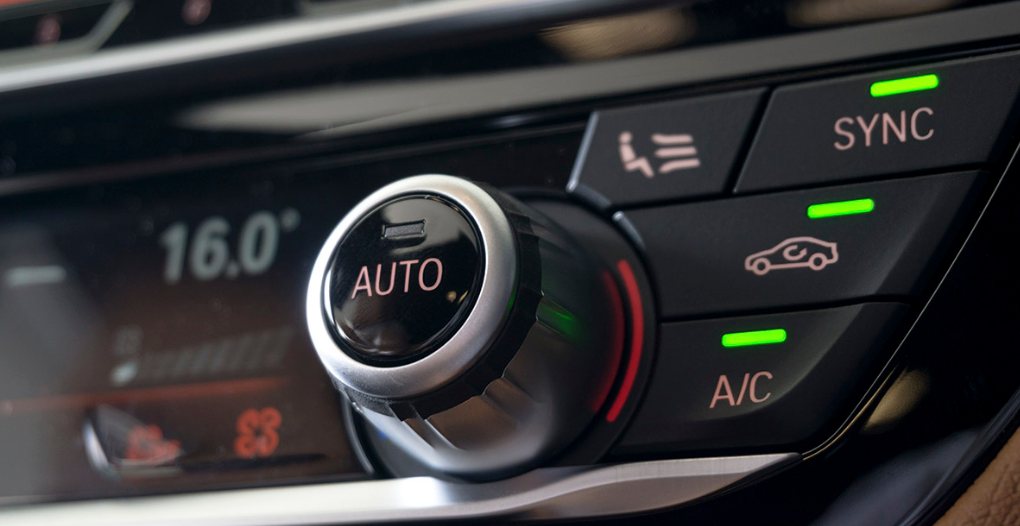Have you ever noticed the recirculate button on the AC control panel in your car, truck, or SUV? The recirculation button is a common feature found in many vehicles but its purpose isn’t always clear. This feature is important for both driver and passenger comfort and vehicle health. Learn more about what this button does, and why it’s important to use it properly.
The Air Recirculation Button: A Breath of Fresh Air
In the realm of automotive controls, the air recirculation button stands as a guardian of in-cabin air quality. This feature, often depicted by a symbol of a car with a curved arrow, is designed to circulate the air already present inside the vehicle rather than pulling in external air. According to Eden Tyres & Servicing1, activating the air recirculation button effectively recirculates air within the cabin, ensuring that the air conditioning system cools the pre-chilled interior air instead of constantly cooling incoming hot air.
The principle behind this function is not just about maintaining a comfortable temperature; it’s about optimizing efficiency. When the air conditioning is engaged and the recirculation mode is on, the system can cool the air faster and with less effort, resulting in improved fuel efficiency. Additionally, this mode acts as a barrier against outdoor pollutants, exhaust fumes, and allergens, creating a cleaner and healthier environment for the occupants.
Benefits Beyond Comfort
The air recirculation button isn’t just a comfort enhancer; it’s a smart tool that contributes to a more efficient and pleasant driving experience.
Improved Fuel Efficiency

As The Wall Street Journal points out2, using the air recirculation mode can lead to improved fuel efficiency. Recirculating already cooled interior air requires less energy than continuously cooling down the hotter external air. This not only conserves fuel but also reduces the strain on the air conditioning system, potentially prolonging its lifespan.
Cleaner Air, Healthier Environment

Air quality is a paramount concern, especially in urban environments rife with pollution. The air recirculation button acts as a shield against pollutants and allergens. By using recirculated air, drivers can significantly reduce their exposure to external contaminants, thereby creating a safer and more comfortable cabin environment.
Quieter Ride, Reduced Stress

The benefits extend beyond air quality. Recirculating the interior air can lead to a quieter ride by minimizing the noise from bustling streets. Additionally, by reducing the workload on the air conditioning system, the vehicle’s components are subject to less stress, potentially resulting in fewer maintenance requirements and longer-lasting performance.
When and When Not to Engage the Recirculation Button
The air recirculation button shines in specific scenarios, optimizing the driving experience and ensuring the well-being of passengers.
Hot Weather:
When driving in hot weather, especially during a heatwave, engaging the air recirculation mode can help the air conditioning system cool the cabin more efficiently, providing a quicker escape from scorching temperatures.
Polluted Areas:

In areas with high pollution levels, such as heavy traffic or industrial zones, activating the recirculation mode shields the cabin from harmful exhaust fumes and pollutants, safeguarding the health of occupants.
Odor Control:

Encounter a pungent odor from a nearby landfill or factory? The air recirculation mode prevents these unpleasant smells from infiltrating the cabin, allowing you to continue your journey in comfort.
Occasions to Avoid Usage
see continuation on next page
ADVERTISEMENT
